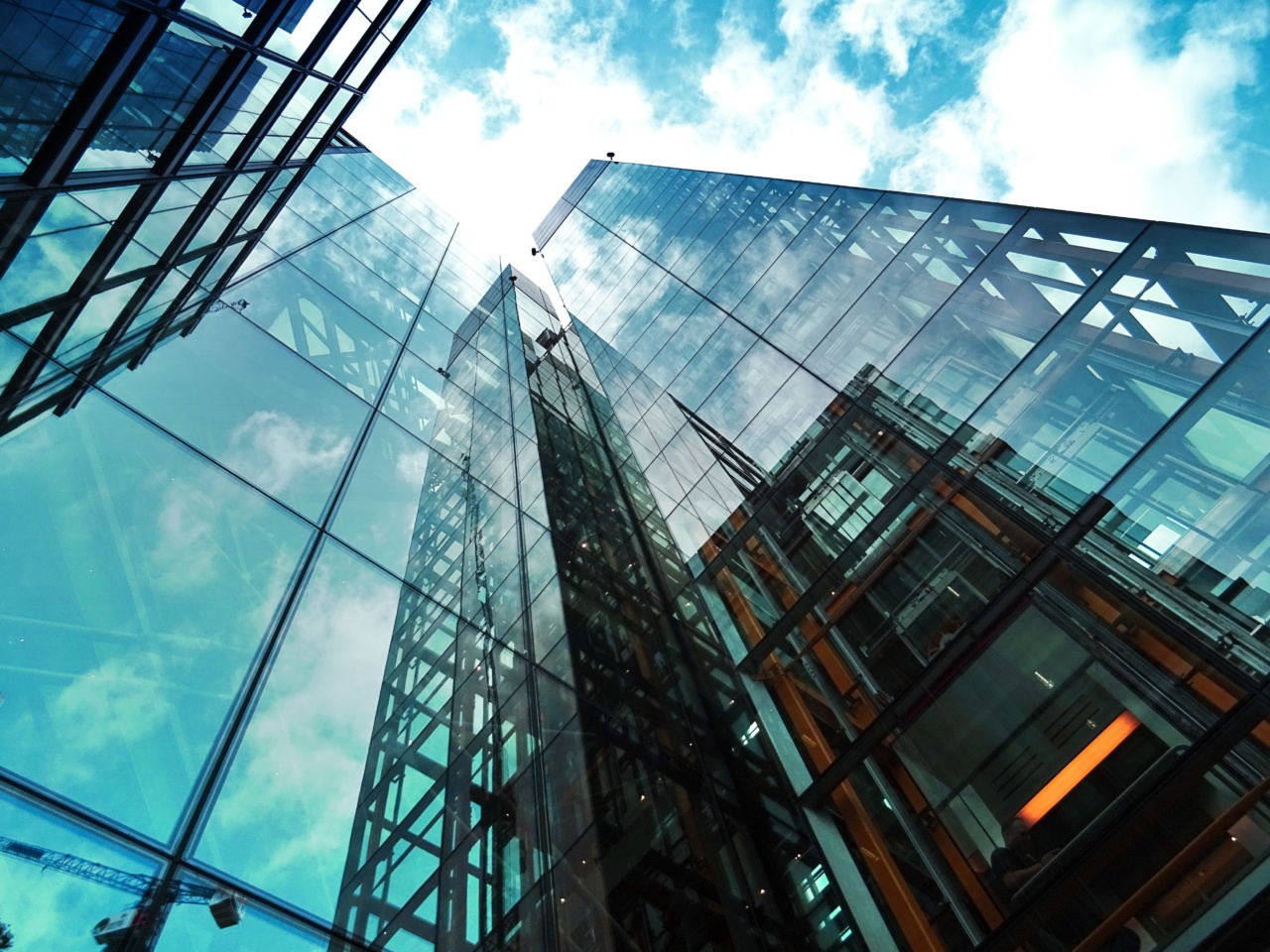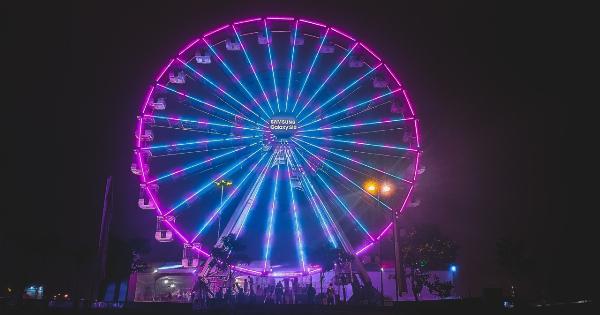High blood pressure or hypertension is a common condition that affects millions of people all over the world. It is a serious condition that can lead to heart problems, kidney disease, and stroke if left untreated.
The symptoms of high pressure can be subtle or may not manifest at all. Meanwhile, low blood pressure or hypotension can also be dangerous if it reaches a certain point. Knowing the symptoms of both high and low pressure can help us identify the signs early and seek treatment promptly.
Symptoms of High Pressure
High pressure is called the “silent killer” because it doesn’t usually cause any symptoms. It can develop gradually over time, and many people with high pressure may not even realize they have it until it causes serious damage.
However, some people may experience symptoms such as:.
1. Headaches
Headaches can be a symptom of high pressure, especially if they are recurring and occur in the morning. The pressure in the blood vessels in the head can cause headaches that are often felt at the back of the head and neck.
The headaches may also be accompanied by dizziness or blurry vision.
2. Shortness of Breath
High pressure can affect the blood vessels in the lungs, which can cause shortness of breath or difficulty breathing. This symptom is often accompanied by chest pain or tightness in the chest.
3. Chest Pain
Chest pain can be a sign of many health conditions, including high pressure. The pressure can cause the arteries in the heart to narrow, which can lead to chest pain or discomfort.
4. Fatigue
High pressure can make you feel tired or fatigued throughout the day. This can be due to the extra effort the heart has to exert to pump blood through narrowed arteries.
Symptoms of Low Pressure
Low pressure, on the other hand, may cause symptoms such as:.
1. Dizziness or Lightheadedness
Low pressure can cause a drop in blood flow to the brain, which can make you feel dizzy or lightheaded. This symptom is usually more pronounced when standing up from a sitting or lying position.
2. Fainting
In severe cases, low pressure can cause fainting or loss of consciousness. This occurs when the brain doesn’t get enough blood flow due to low pressure.
3. Blurred Vision
Low pressure can cause blurry or tunnel vision due to the lack of blood flow to the eyes.
4. Fatigue
Similar to high pressure, low pressure can also cause fatigue or weakness due to decreased blood flow to the organs and muscles.
When to Seek Medical Attention
If you experience any of the symptoms listed above, it’s important to seek medical attention. A medical professional can measure your blood pressure and determine if it’s high or low.
They can also recommend lifestyle changes or medication to manage your blood pressure and prevent complications.
It’s also recommended to have your blood pressure checked regularly, especially if you have a family history of high or low pressure or if you have a pre-existing medical condition that increases your risk.
Final Thoughts
High and low pressure are both serious conditions that require prompt treatment. Knowing the symptoms of each can help you identify when to seek medical attention and prevent complications.
Be sure to get your blood pressure checked regularly and make lifestyle changes to maintain healthy blood pressure levels.




























